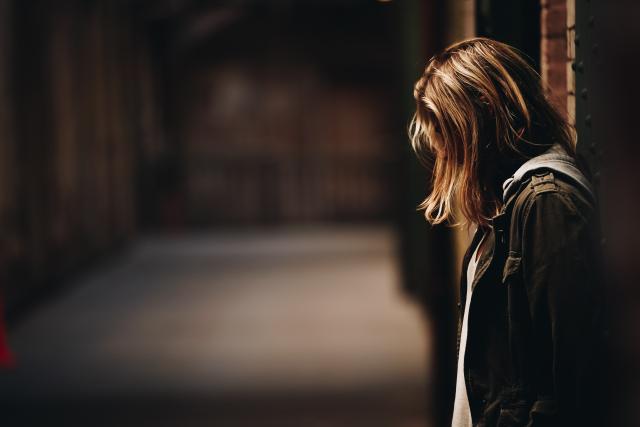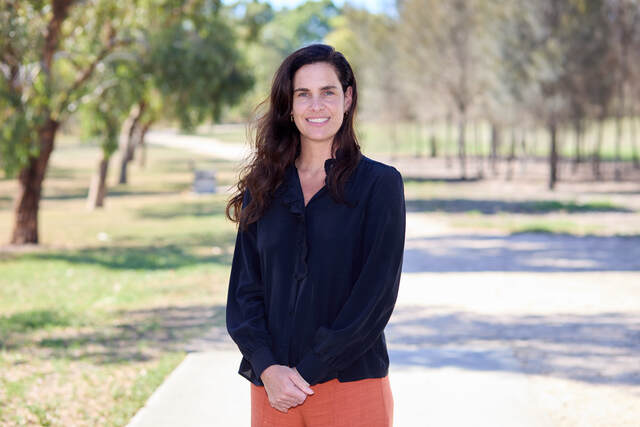Star Weekly is taking a look back at 2023.
September 12
One in three children are living in poverty across a number of Hume suburbs according to a new report.
The Victorian Council of Social Service (VCOSS) released its Mapping Poverty in Victoria report highlighting what they found and how it can be fixed.
The report found that more than one in eight people in the state are experiencing significant economic disadvantage based on the 2021 census data.
In Hume, there are 46,684 people living in poverty, the second highest in the state only behind Casey. The overall poverty rate of 20.6 per cent is the highest in the state.
About a third of all residents living in Roxburgh Park North are living in economic disadvantage, while 30 per cent are living in poverty in Roxburgh Park and Somerton.
Hume had the highest levels of children under the age of 15 living in poverty in Melbourne.
Roxburgh Park South-Somerton was ranked number one at 37.3 per cent, with Campbellfield-Coolaroo (33.6 per cent), Meadows Heights (32.8 per cent) Roxburgh Park North (32.1 per cent) and Broadmeadows (31.9 per cent) all ranked in the top 10.
VCOSS chief executive Emma King said it was alarming and can have serious long term effects.
“What it means is that parents are struggling to put food on the table,” she said. “At school if they need an iPad their parents can not pay for it.
“They are getting left behind in every part of life and it shows. in areas where more than one third of children are living in poverty, it’s alarming.
“They are more likely to drop out of high school. We need to support people to help them strive and thrive, which is really tough.”
Ms King said areas like Roxburgh Park and Craigieburn have the highest number of people that own their houses outright but still live in poverty.
In Whittlesea there are 35,733 people living in poverty, the fourth most in the state.
Wollert had the highest number of people in disadvantage in the municipality with 21 per cent of all residents or about 4800 estimated to be living in economic disadvantage.
Ms King said people in the outer suburbs faced more pressures on having to travel for work, not being close to public transport and services which impacted people financially.
She said with the changing environment since the last census including the cost of food, energy and other essentials has risen dramatically which meant that there were more people in poverty than what the report shows.







